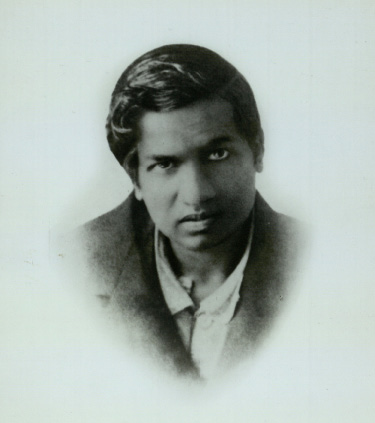Abstract
Mythologies, religions, philosophies, and ideologies show that all cultures are concerned with human destructivity. The same is readily apparent in many modern creative works of eminence. In their famous song, “Sympathy for the Devil,” Mick Jagger and the Rolling Stones refer to Goethe’s Faust, where the Devil is characterized strangely as “a portion of that power/ which always works for the Evil and effects the Good … a part of Darkness which gave birth to Light”. These verses remind one of ancient myth but also of modern ideas of the interplay of creation and destruction. The poetry of Goethe, the scientific psychoanalysis of Freud, and the aesthetic enactments of Madonna Ciccone and Mick Jagger show that the creative transformation of destructiveness provides a chance to cope with evil. Through his poetic and autobiographic self-reflection Goethe described how men are composed of constructive and destructive forces, light and dark, good and evil. This dialectic of drives and activities is also fundamental for the Freudian scientific model of the mind and its interrelation with the body and the social environment. Humans can only survive when they transform their destructive inclinations into constructive activities. The creative transformation of destructiveness is also a central issue in today’s pop culture. Paradigmatically the song ‘Sympathy for the Devil’ describes the atrocities humans are able to commit. The song is exemplary for the transformation of violence into music, dance, and shared aesthetic experience. This is also valid for the provocative enactments of Madonna. Behind her sometimes seemingly shameless enactments one can find a serious working through of depression and aggression. Fundamental elements of aesthetic pleasure in art, science, and social activity stem from the creative transformation of human destructiveness.
Keywords: Holy Bible, Iliad, Upanishads, Hesiod, Confucius, Laotse, Buddha, Plato, Goethe, Freud, Mick Jagger, Madonna Ciccone, Amy Winehouse, Jim Morrison, Creativity, Destructivity, Order, Chaos, Good, Evil, Construction, Destruction, Love, Hate

